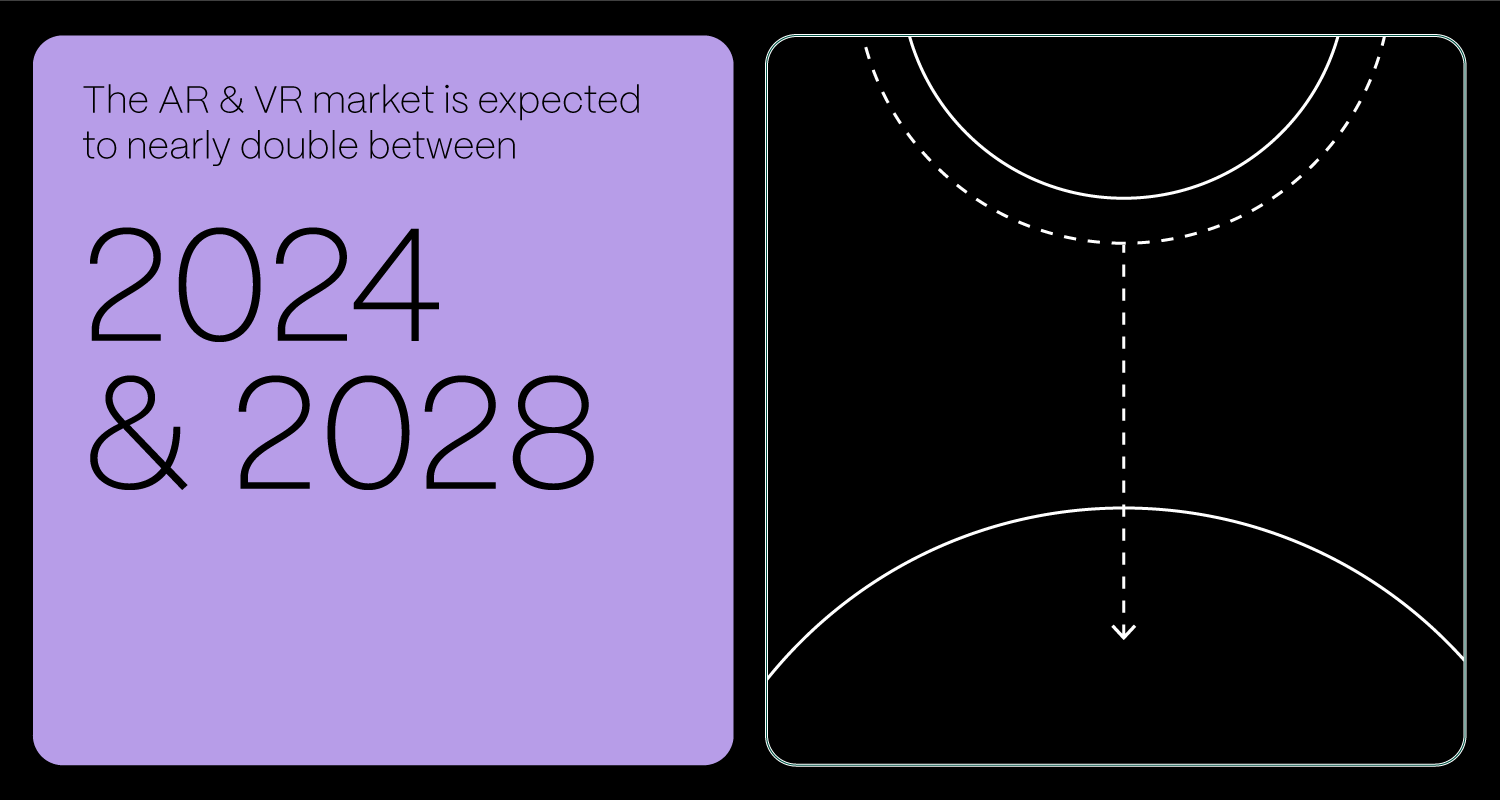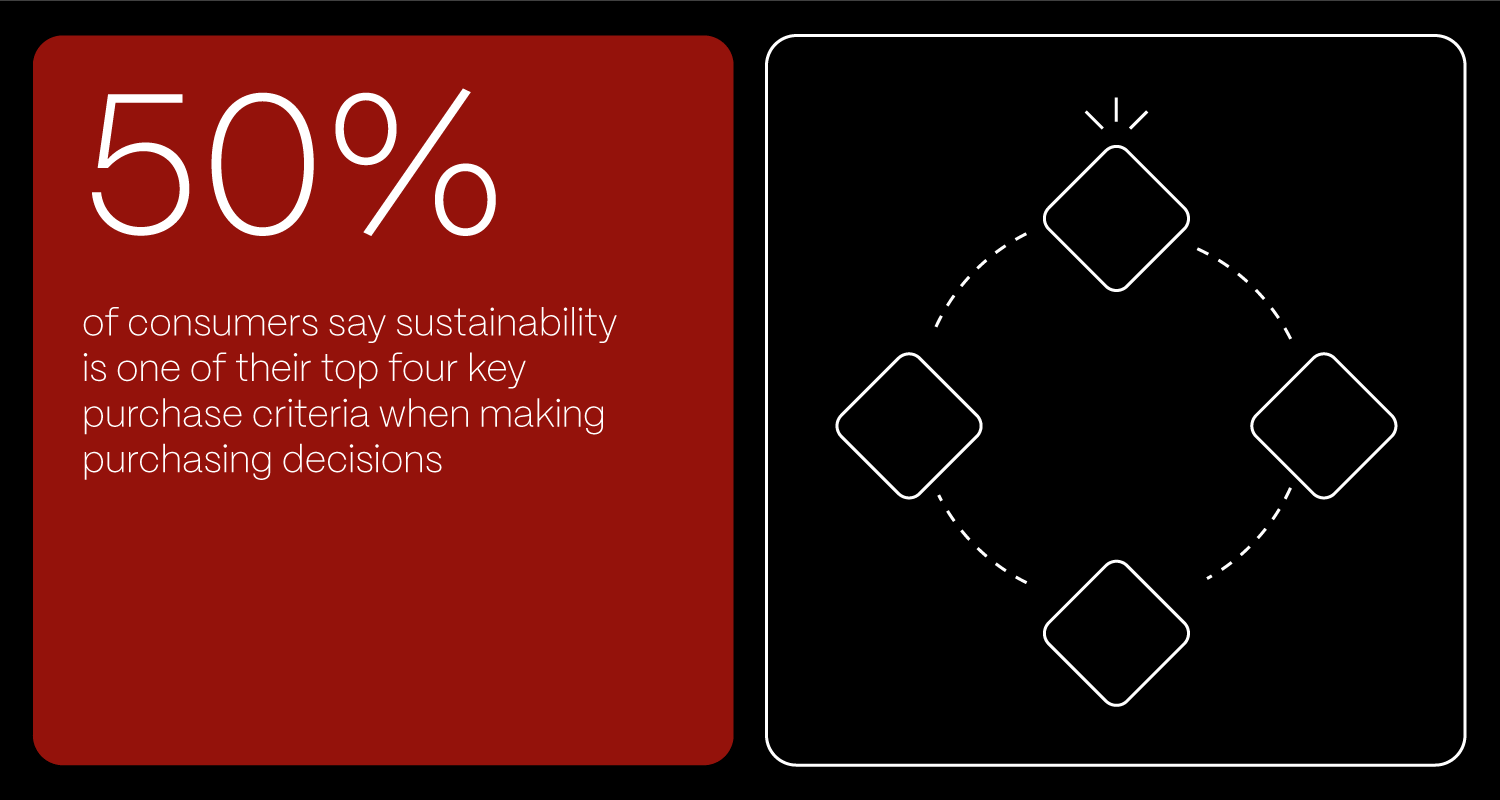Navigating the future of retail in 2025

Retail trends often directly reflect human behaviour, influenced by emotions, societal changes, and technological progress.
In 2024, we experienced global instability but also major shifts in consumer spending across different age groups and rapid technological innovation in various areas. Some of them are sustainable practices, AI-driven personalisation, and omnichannel shopping.
From sustainability and data safety concerns to the rise of generative AI, here are several critical trends that retailers should watch closely in 2025.
Personalisation as a key to customer success
In recent years, personalisation in retail has evolved beyond a trend into an essential strategy for success. Consumers now expect brands to recognise them as individuals and deliver tailored experiences across every touchpoint.
According to a recent study, 80% of consumers worldwide are comfortable with personalized experiences and expect companies to offer them.
The role of CRM tools in enhancing customer experience
Platforms such as Salesforce, Zendesk, Microsoft Dynamics 364, or HubSpot represent an entire suite of tools that unlock productivity and centralise customer data from various touchpoints. That way, they provide a comprehensive view of customer interactions and behaviours, making this critical information available to all teams – from sales and marketing to customer support.
And, each technology is designed to meet different business requirements. For example, Salesforce comes with CRM solutions, such as Sales Cloud or Experience Cloud, which centralise customer data and enable highly targeted interactions across all touchpoints. On the other hand, Marketing Cloud is for businesses wanting to automate and personalise marketing campaigns.
What I recognised as the key factor in choosing the right technology for your retail business is critical, and that is where having a tech partner may help. Let me give you an example. One of our clients, a famous healthcare company, wanted to personalise insights and product recommendations through a questionnaire but didn’t know how to do that or what tools to use. After talking to them and getting to know their business, we implemented Salesforce Marketing Cloud and, in that way, helped them achieve a completion rate higher than 95% and higher conversion rates.

Using Salesforce to build a hair assessment questionnaire with a completion rate of over 95%
Our client is an international healthcare industry leader with well-established clinics around the globe. Their clients love them because they offer custom-tailored experiences and supply them with hair care products that improve optimal hair health. All products are designed specifically for users’ specific requirements. So far, they have helped more than 120k people solve their hair care challenges.
Read moreAR and VR: The adoption curve is on the rise
AR and VR technologies are driving real results in customer engagement and sales. These immersive tools don’t just enhance the shopping experience. They can lead to greater customer involvement and boost sales in a big way.
And the best part? Many big brands have already tapped into these opportunities. Take Sephora and L’Oréal, for example. They’ve been using AR-powered apps to let customers see how makeup will look on their faces simply by using their smartphone cameras – no need to test on their skin.
But here’s where things get even more interesting – experts predict that the AR & VR market will nearly double between 2024 and 2028. Isn’t it the perfect time to get on board?
Harnessing the power of data analytics
As mentioned above, most CRM tools already have their own built-in analytics that come with advanced dashboards, reporting, and AI-driven features.
They can be additionally integrated with a range of business intelligence tools, such as Tableau or PowerBI, ML, AI solutions, marketing analytics tools, or low-code tools, such as Mulesoft.
For example, integrating AI with existing CRM systems can be used to provide a 360-degree view of the customer. This allows retailers to understand their customers better and offer them a personalised experience across all touchpoints.
A customer who recently searched for running shoes on a retailer’s website might receive custom-made recommendations for related products, such as athletic wear and health supplements, both online and via email marketing.
However, to make the most out of CRM solutions and their integrations with third-party analytics tools, retail companies need to implement them strategically. That is the most complicated part for them since many don’t have the in-house capacity or expertise to do so.
That is where collaborations with a technical partner can help. For example, at Vega IT, our digital advisors first talk to our clients and focus on learning everything about their company, target audience, and key challenges. Then, based on these insights and our assessments, we recommend the best strategy and technologies for the client.
Sustainable retail for a greener future
The retail industry has a massive impact on the carbon footprint, contributing to global emissions through supply chains, transportation, production, and energy consumption.
Customers are becoming increasingly aware of the environmental issues caused by the retail industry. This significantly impacts how they perceive and interact with brands.
According to recent research, 50% of consumers say sustainability is one of their top four key purchase criteria when making purchasing decisions.
For brands, this can be a deal breaker, and there are several areas for them to address. The first is definitely the modernisation of legacy systems and energy-intensive on-premise data centres and the transition to cloud technologies. In addition to lower carbon footprints, this is an opportunity to increase inventory management and optimise a range of manual, time-consuming processes.
Additionally, many advanced technologies, such as blockchain, have been increasingly implemented by retail brands. The goal? This level of transparency builds trust with consumers, unlocks the potential for ethical sourcing, and helps companies comply with stricter environmental regulations.
A perfect example of using blockchain in retail is the case study of Walmart. They use this technology to track food products from farm to store – all in real-time. In that way, they’ve managed to reduce the traceability process from nearly a week to just 2.2 seconds and, above all, supercharged accountability, fraud prevention, and food safety. Beyond safety, blockchain helps Walmart reduce food waste by monitoring expiration dates and supply chain inefficiencies, ensuring only fresh products reach stores.
Retail data security for safer shopping
As we step into 2025, data security is at the forefront of retail concerns. Research data shows that consumers are becoming more wary, with 73% of them feeling increasingly anxious about the safety of their personal information and 64% of them believing their data is less secure now than ever before.
But why is this such a hot topic? Well, consider this: data breaches are costing businesses a small fortune. In fact, the average price tag for a data breach hit a record $4.88 million in 2024, and not to mention the reputational damage.
At the same time, data security regulations are only getting stricter. In 2025, new laws are on the horizon, demanding even more transparency and accountability from retailers, leaving no room for complacency when it comes to protecting customer data.
For example, for a while, the General Data Protection Regulation (GDPR) in Europe has been tightening the rules for European businesses and those having EU-based customers. Retailers need to make sure they have clear consent from customers before collecting their data. Otherwise, they could face penalties of up to €20 million or 4% of their annual global revenue.
Similar initiatives have shown up in the US, as well. For instance, the California Consumer Privacy Act (CCPA) is granting consumers more control, allowing them to opt out of data sales and demanding the deletion of their data.
And, here’s where it gets really interesting. Several states in the US are rolling out their own privacy laws in 2025, each with its own quirks. For instance, New Jersey’s new law requires retailers to get affirmative consent from minors aged 13 to 17 before using their data for targeted advertising.
Sure, data security regulations vary depending on your exact sector, company location, your customers’ locations, the data you collect, and so forth. From our experience, most retailers find it difficult to navigate such a legal maze on their own. They hire companies like ours to help them in the process, from the choice of technologies to software implementation and integrations.
One such example is a global coffee and tea company that contacted us with the goal of complying with the GDPR. We recognised that the implementation of Salesforce Marketing Cloud could be the best solution for them, and by doing so, we helped them reach a 98% email reputation score.

Enabling a global, GDPR-compliant marketing campaign with Salesforce Marketing Cloud
Our client, a global coffee and tea company, hired us to help them create an email marketing campaign that is GDPR-compliant. To achieve their goals, we used the combination of Salesforce and Salesforce Marketing Cloud.
Read moreTaking the leap from reactive measures to proactive digital transformation
For the retail industry, it’s not just about avoiding legal pitfalls or checking off compliance boxes. It’s about delivering buyer journeys that are really meaningful and compelling, where every customer is valued.
So, retailers, take a moment to reflect: Are you genuinely showing your customers you care? If you’re not sure, we're here to guide you. Join us at Vega IT, where we don't just keep you ahead of the curve – we help you transform the digital experience, making it not only safer and more engaging but also more immersive for every single customer.
Let's connect and start shaping the future – together.




